Written by Kate Tietjeonly bread. You can make pancakes, waffles, biscuits, doughnuts, and any other delicious thing you can imagine. The reason we use sourdough (besides the tangy taste that many enjoy) is because the living bacteria pre-digest the grains, making them much healthier for you. The nutrients are more bioavailable, and the phytic acid is gone or significantly reduced.
Now that you know why…here’s how!
How to Make a Sourdough Starter
Some people recommend starting with white flour, but I prefer to use whole wheat and have almost always done so. It works perfectly well. You can use either one you prefer. I chose whole white wheat flour, which is a lighter wheat than traditional red but still a whole grain.
You will need:
- 1/2 cup freshly ground organic flour (ideally)
- 1/4 – 1/2 cup filtered water
- 1 tsp. dried starter (optional but highly recommended)
- A glass jar
- A dishcloth
- A rubber band
- A spoon
Directions:
Step 1: Add flour to a quart glass mason jar.
Step 2: If using, add the dried sourdough starter. (This ensures it will capture the right wild yeasts.)
Step 3: Add just over half as much water as you did flour — about 1/4 cup, plus a little extra as needed to make a thick batter.
Step 4: Cover it with a clean cloth and a rubber band.
Step 5: Place it in a warm (but not too hot) place. When it’s on, the stove is too hot (over 120ºF will kill it), but after dinner, when it’s warm is good. It should ideally be between 65ºF and 85ºF.
Step 6: For the first three days, you must feed your starter every 12 hours or twice daily (using the same flour and water as you fed it to start). Throw out half the starter before feeding so the volume stays around 1 cup. Too much volume now, and it won’t have enough bacteria to rise properly.
Step 7: Once the starter is bubbling and doubling in volume 4 – 5 hours after a feeding, it is ready to bake bread!
How to Make a Sourdough Starter
Ingredients
- 1/2 cup freshly ground organic flour ideally
- 1/4 - 1/2 cup filtered water
- 1 tsp. dried starter optional but highly recommended
- A glass jar
- A dishcloth
- A rubber band
- A spoon
Instructions
- Add flour to a quart glass mason jar.
- If using, add the dried sourdough starter. (This ensures it will capture the right wild yeasts.)
- Add just over half as much water as you did flour -- about 1/4 cup, plus a little extra as needed to make a thick batter.
- Cover it with a clean cloth and a rubber band.
- Place it in a warm (but not too hot) place. When it's on, the stove is too hot (over 120ºF will kill it), but after dinner, when it's warm is good. It should ideally be between 65ºF and 85ºF.
- For the first three days, you must feed your starter every 12 hours or twice daily (using the same flour and water as you fed it to start). Throw out half the starter before feeding so the volume stays around 1 cup. Too much volume now, and it won't have enough bacteria to rise properly.
- Once the starter is bubbling and doubling in volume 4 - 5 hours after a feeding, it is ready to bake bread!
Tips and Troubleshooting
How often should I feed it?
For best results, feed every 8 – 12 hours. Twice a day is fine for general maintenance. If you know you’re planning to bake with it very soon (within a day or so), you can feed it more often so it’s active and ready.
Do I really have to throw out some starter?
For the first few days, yes. It’s not mature enough to use yet, but you need to control the volume so it can develop more healthy bacteria. After that, there are many recipes to use your “extra” sourdough starter on!
Why is my starter gummy and sticky?
This is a normal phase of the starter’s development. About 1 – 2 days in, the starter will seem thick, gummy, and sticky, globbing together in a ball. Feed it as usual and give it another couple of days; it will relax into a normal dough again. The bacteria is starting to eat the starches, but there aren’t enough of them, so the remaining starch sticks.
What is this grayish liquid on the top of it?
It’s called hooch, a sign that your starter has gone too long between feedings or is too thin. If fed within the last 12 hours, add some extra flour at the next feeding. If it’s been 24 hours or more, feed it more often. The hooch can be stirred back into the starter.
Why does my starter smell like alcohol?
The result of the fermentation will produce alcohol. This happens if all the sugars/starches have been consumed and gone too long between feedings. Feed more often.
What if I don’t see bubbling or rising in between feedings?
If you are feeding every 12 hours, give it a few more days. Ensure it isn’t too cold or hot (keep it within 65 – 85 degrees). If you still don’t see any bubbling or rising, it may not have worked. You can keep trying and make it thicker, or add a dehydrated starter if it looks fine.
What if my starter molds?
Unfortunately, you will have to throw it out. Starters can mold if they do not catch good bacteria or are not fed often enough.
How much will I need to bake bread?
Depends on the recipe. Most will need 1 – 3 cups. If you have an active starter that is reliably bubbling and rising in between feeds, you can increase its volume in preparation for baking.
What if I have other ferments — can they cross-contaminate?
Potentially. It’s best to keep ferments spaced out by several feet to avoid issues with this, especially when the starter is young.
What if I want to take a break? Can my starter do that?
Yes! You can put a lid on your jar and put it in the fridge. Take it out and feed it once a week, and give it at least 4 hours to warm up and rise before returning it to the fridge. If you have a dehydrator, put a thin layer of active starter on parchment paper and dry it at 95 – 100 degrees until hard. Grind this into a powder and keep it in a tightly closed jar for months or years. If you dehydrate the starter, you will have to go through the 3-day restart period — but at least you’ll have that good bacteria waiting for you, dormant. (I’ve dehydrated some and kept it for many years, and it’s been very helpful when I decide I’m ready to try again!)

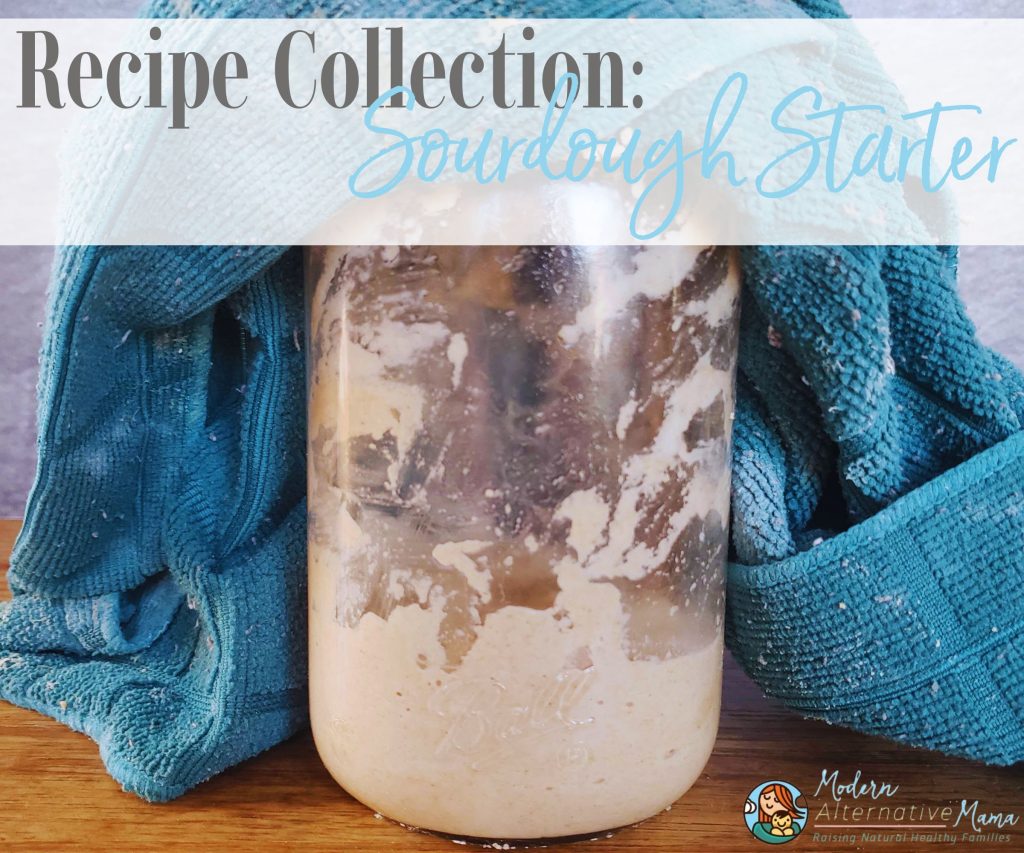
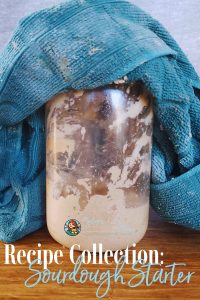
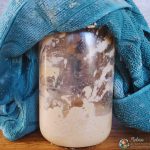

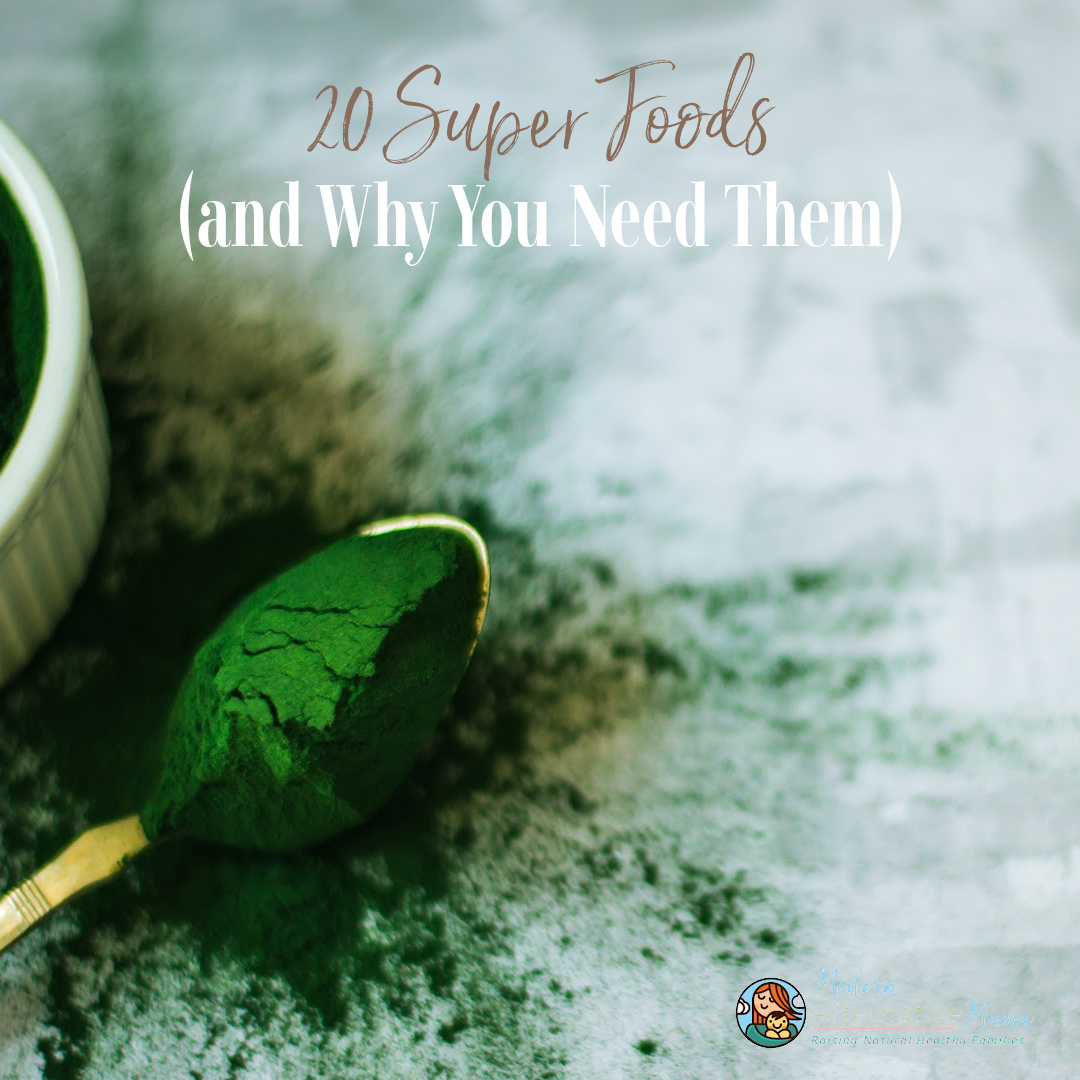
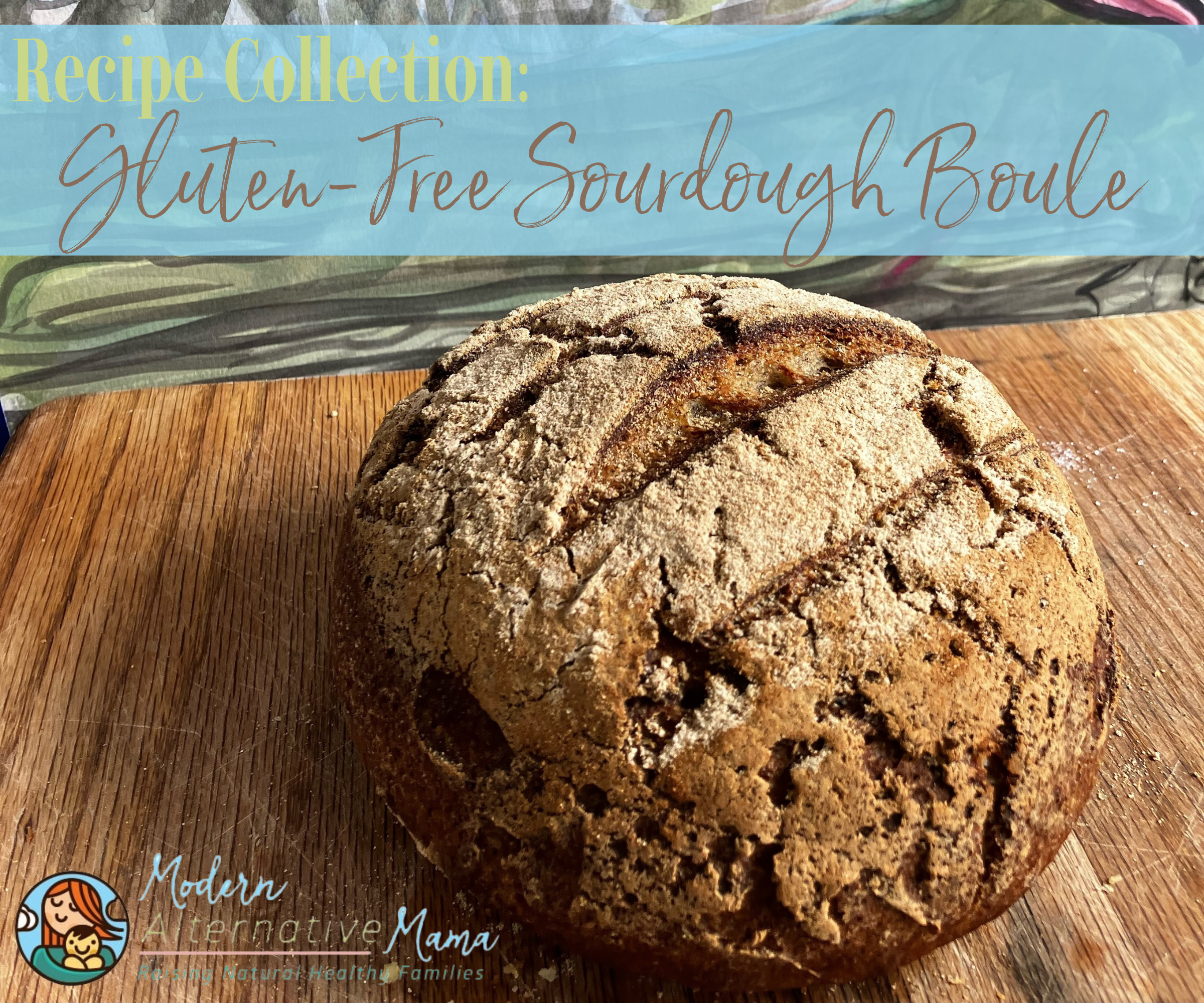
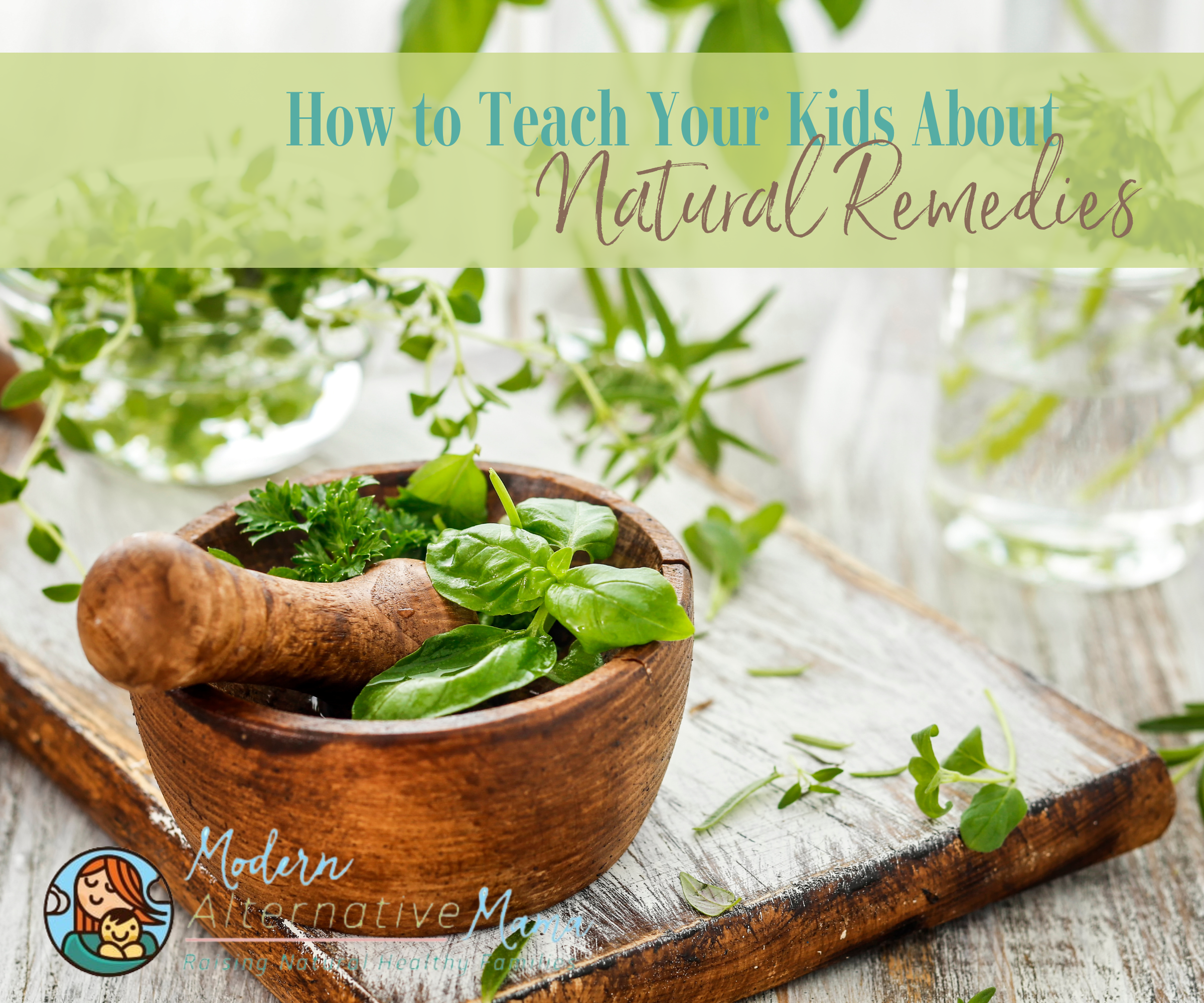

I tried a starter… I think it was over the Summer, and it was a big fat fail. It smelled so bad at first that I just couldn’t take it. Then, once it started smelling more like sourdough and less like vomit I think I let it die, or it got moldy or something. Anyway, at that point, I was totally over it and it had to be thrown out, sad.
I’d like to try again eventually. Good luck with your 3rd attempt!
Love the site redesign, by the way!
Total Sourdough novice question….When you say you are going to feed it, how much are you feeding it? Everyone always says to feed it, but I have no idea how much!
2:1 ration water/flour to starter. I do 1/4 c starter and add 1/2 cup flour and 1/2 cup water. If you are going to feed it every day. Some people do 1/2 cup/1 cup which is what I do when I am close to wanting to bake bread; otherwise you go through so much flour it’s a waste.
So – I’m feeding it double what I started with? If I start with 1/2 cup of starter, I’d need to do 1 cup flour and 1 cup water every time I feed it? And why is it wasting it? Don’t you use it? (not sure I’ll ever understand sourdough starters at this point!)
I wonder if I can start this with gluten free flour?
I did one for months and months…..and it began to feel like a weight – a burden to keep alive. So, I froze some to hopefully use later. And plus, we don’t care for the taste of traditional sourdough loaf bread. Good luck !!!
I have been dreaming of starting a sourdough starter for a while now but I’ve been unsuccessful at finding a tried and true recipe using gluten free flours! I’m not crazy about wasting my brown rice or sorghum flour but it would be awesome to come up with a combination that works! I think I’m going to give it a try starting with a small amount of flour and see how it goes! I hope this one works out for you!
I had a great sourdough starter. I had it in a Mason Jar. I made the mistake of shaking it to mix it in the jar and it foamed over like soda when I opened it. I went to clean the outside of the jar and yep…it slipped out of my hands and ALL OVER the floor. I’m going to try it again.
I love sourdough bread and I have learned it is way better for me as a diabetic. I am going to try to get a starter going with you.
Thank you for your blog. I follow you every day and really enjoy it.
I have never done this, but have always wanted to try it. I also had no idea what “feeding” it meant. I’ll give it a shot wtih you!
for gluten free sourgough its a bit different. there is a very indepth recipie book you can buy, the info is on the cultures for health website. I have been successfull starting gluten free starters using yogurt to help it along. you start with 1:1 ratio of water and flour and then add a couple tablespoons of either yogurt, kefir, water kefir, or something with probiotics in it. then you proceed as normal. the book i mentioned above has lots of great info in at really got me started and also taught me a lot.
What was the name of the book? The one that taught about soughdough of gluten free grains?
For a while I have been saying I was going to make my own sourdough bread, but honestly, it scares me. This post makes me think it might not be so scary after all. Maybe I will get brave and add it to my to-do list to do once I finish my current projects.
[…] – Beef barley soup, sourdough […]
I am a lover of baking. I love bread, but more than that, I just love baking. I do a lot of sourdough bread. Here’s the thing, you only need to leave it covered with cloth for a couple of days. After that, leave it covered and just aerate it with a fork when you fed. You can leave it covered in the fridge for weeks and weeks with no attention necessary. Remember that illiterate and uneducated people have successfully made sourdough bread for thousands of years. You can do this. I am reticent to put this here, but I have a really stupid easy fridge method of making 100% whole wheat sourdough and I wrote a 99 cent booklet on working with starter. (Kate, you can delete this message if it is a too commercial, I know that it is a little bit so).
By the way, Kate, I usually get this in a reader and have not stopped by to see your changes in a while. This looks fantastic!
[…] Make your own bread. Try your hand at making your own sourdough starter. […]
[…] new to real food pick one or two recipes you are comfortable making. Take it from me, and Kate, don’t bank on a artesian loaf of sourdough fresh from the oven 10 minutes before meal time […]
Thank you. Just thinking about whether to give this a try. I’ve wanted to for years now and after reading yours I think I’m ready.
We are glad that you are ready to give it a try! Let us know how it goes or if you have any questions!
How do you feed it?
Hi Olivia! To feed your starter, you remove about half of the starter (either use in a recipe or throw out the first couple of days). Then, you feed it with more flour and water. You keep it about 1 part sourdough starter, 1 part water, and a little less than 2 parts flour. So if, 1/4 cup of starter, 1/4 cup water, and a little less than 1/2 cup flour.
Hi! Thank you for sharing this! I’m not really a bread eater, but my hubby is & I’ve been interested lately in trying this. Where do you get the dried starter?